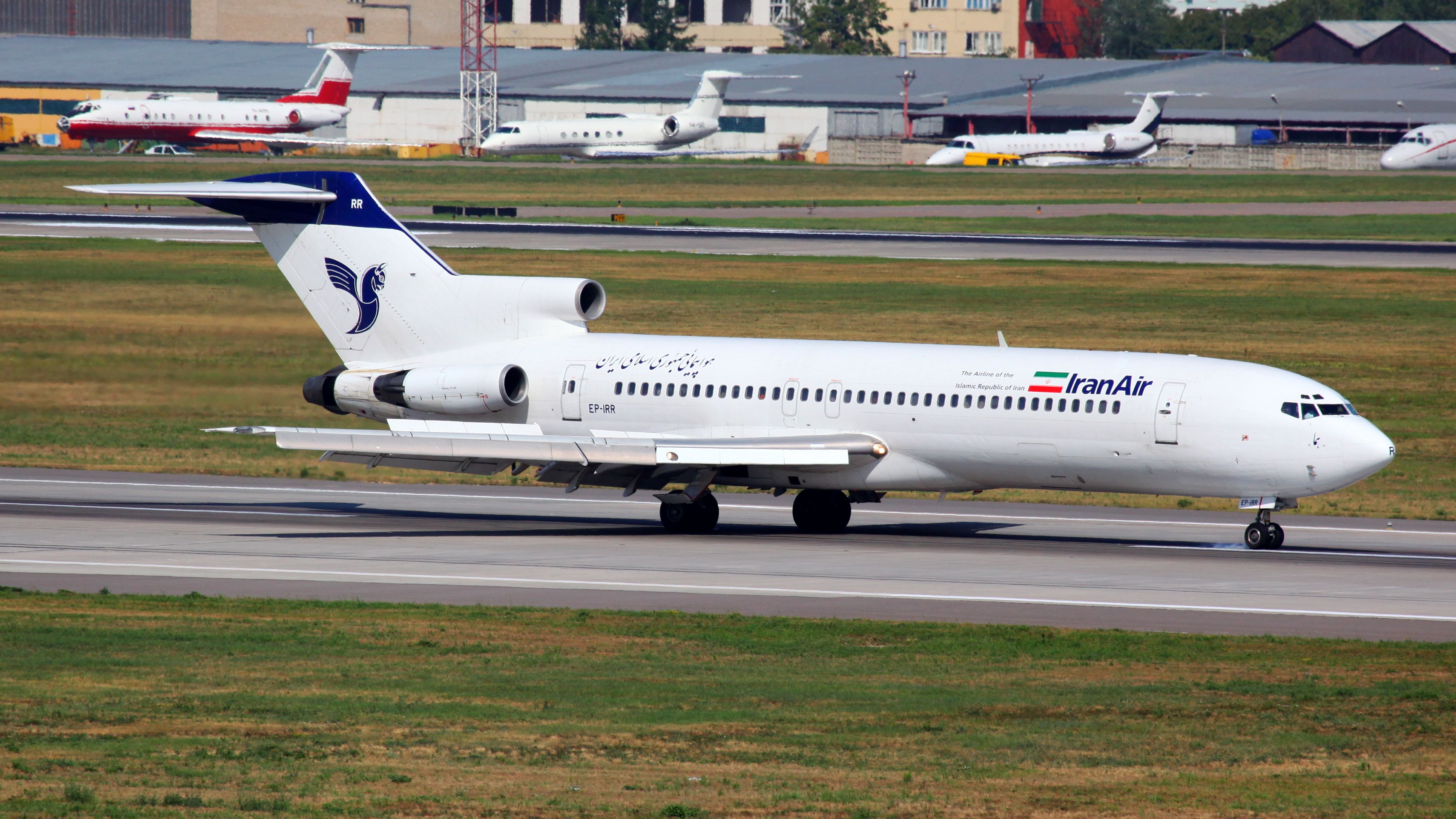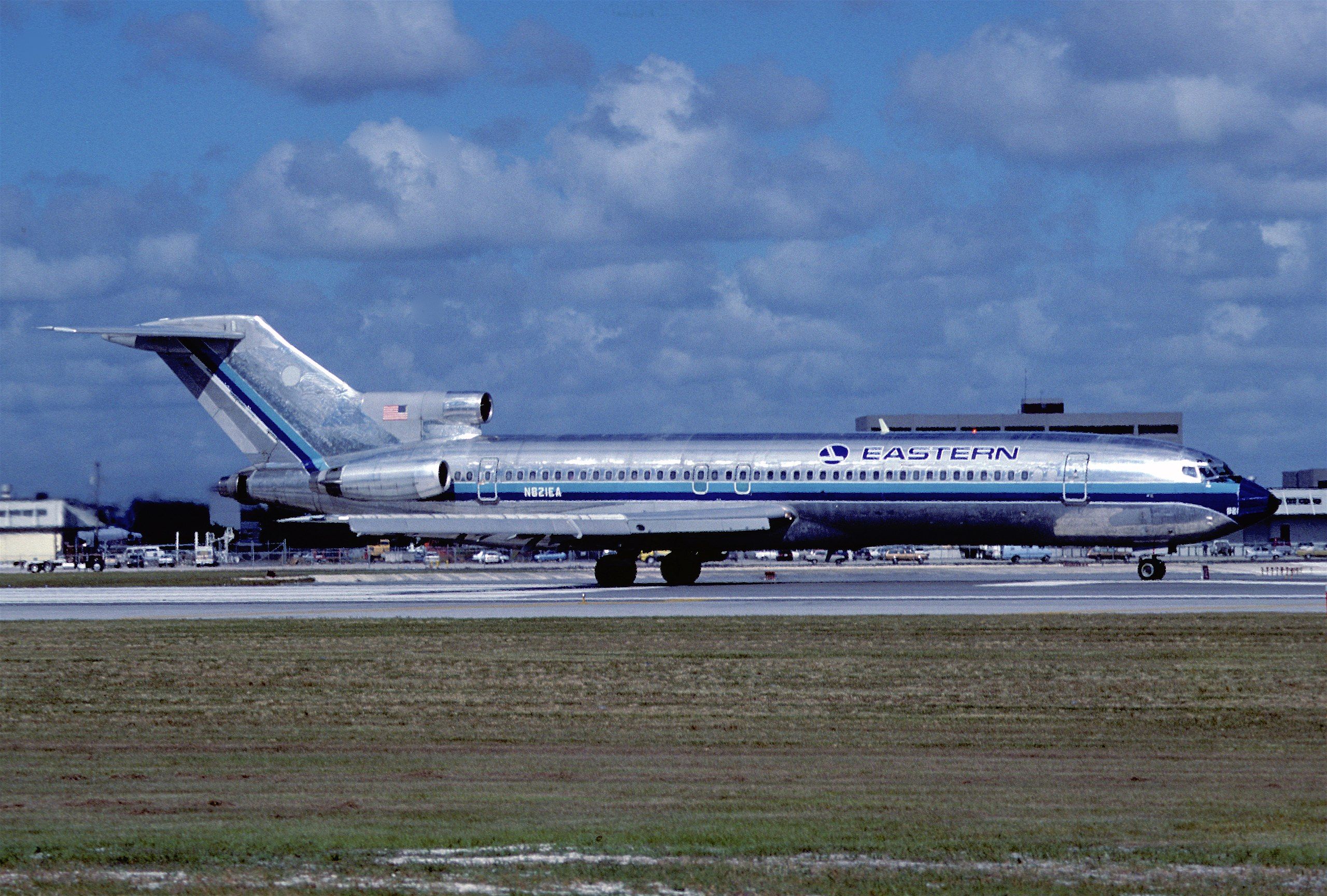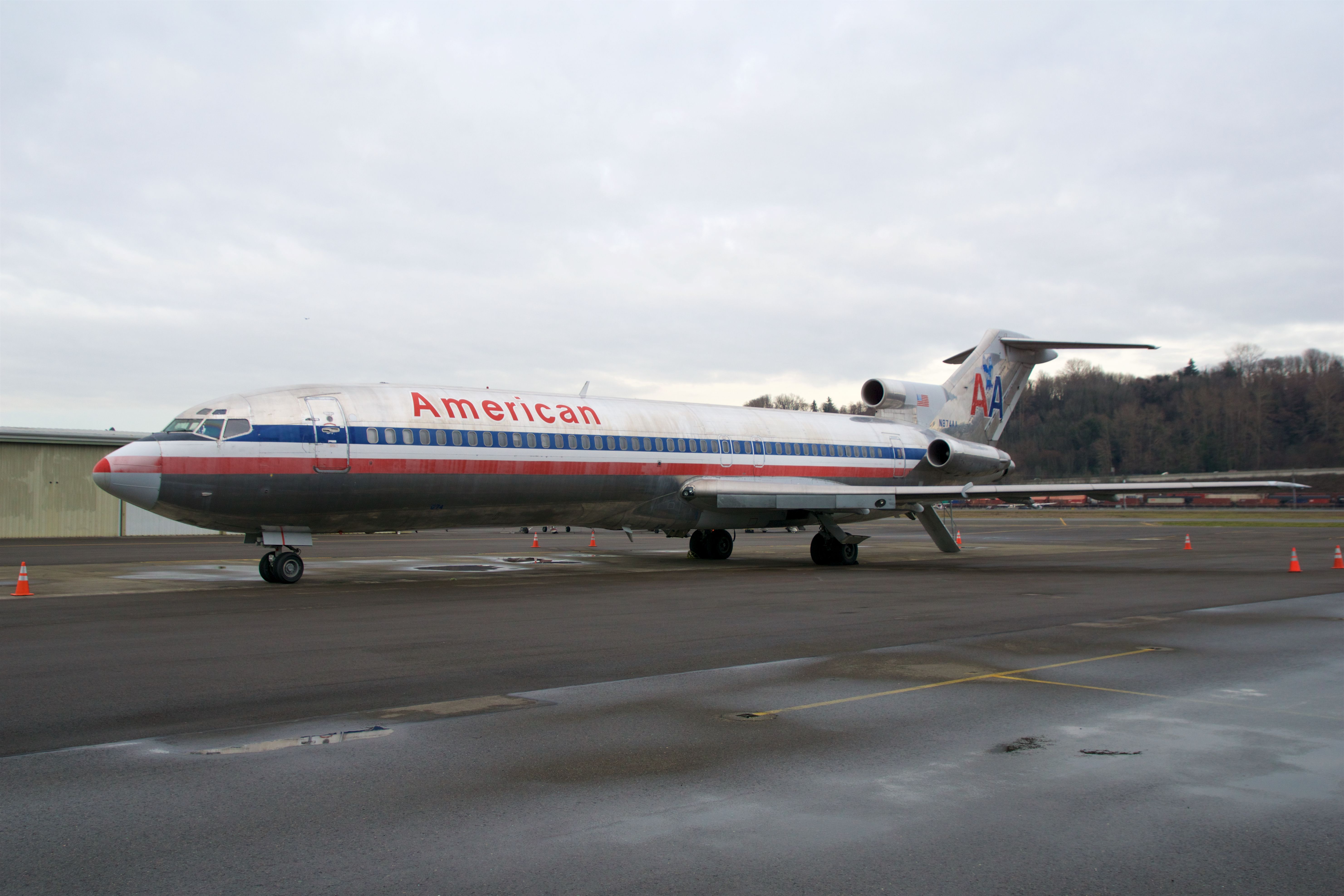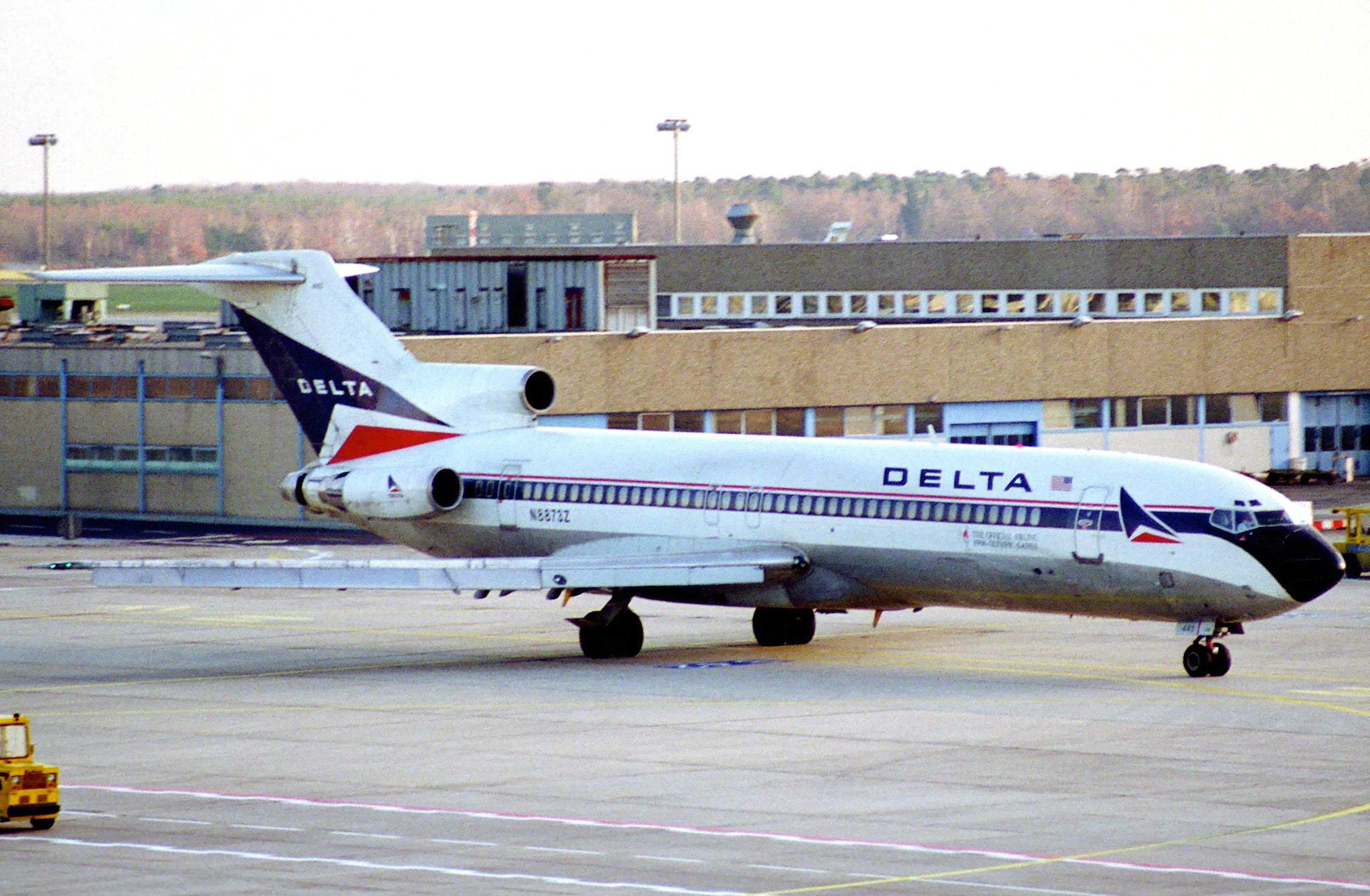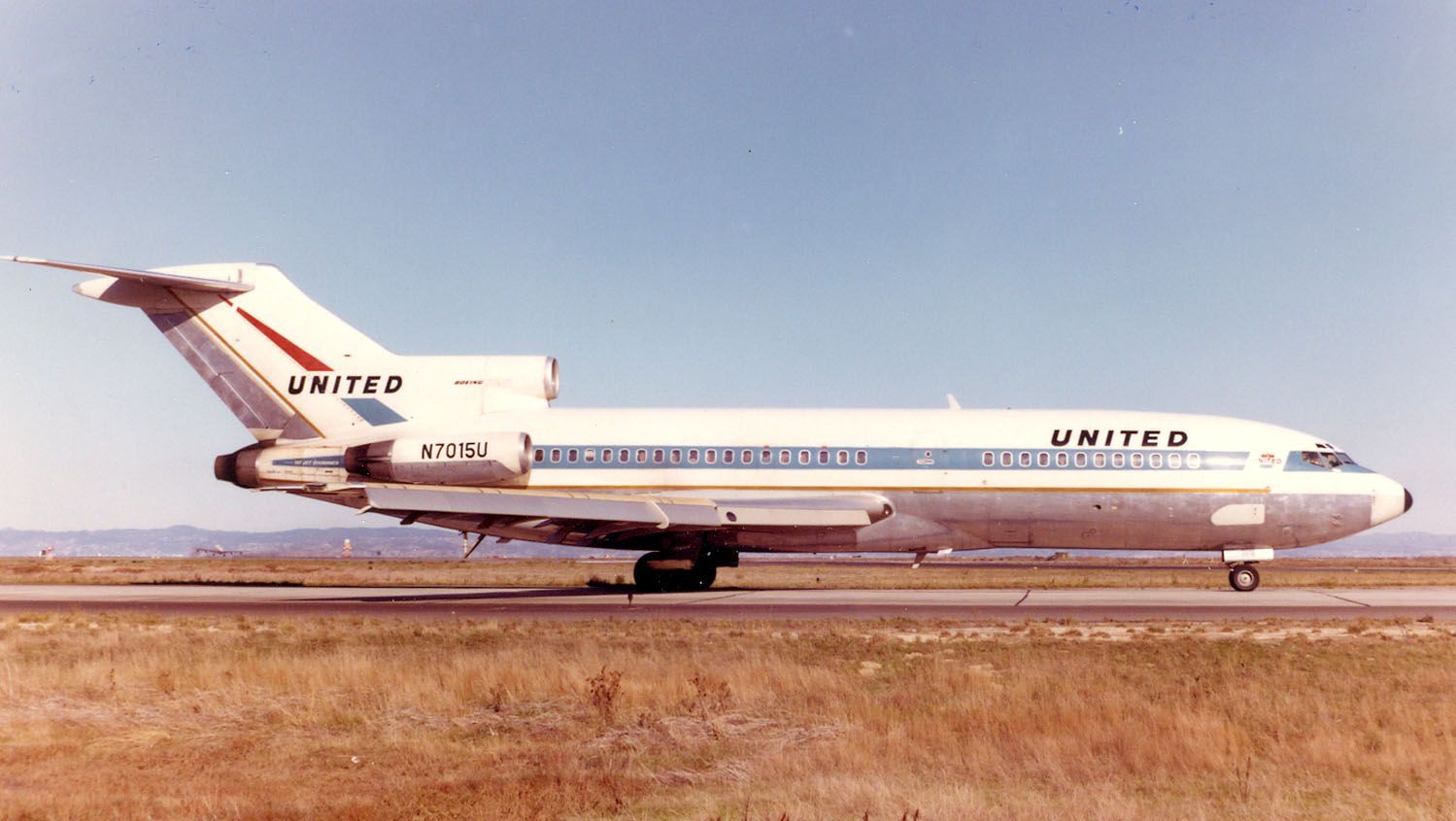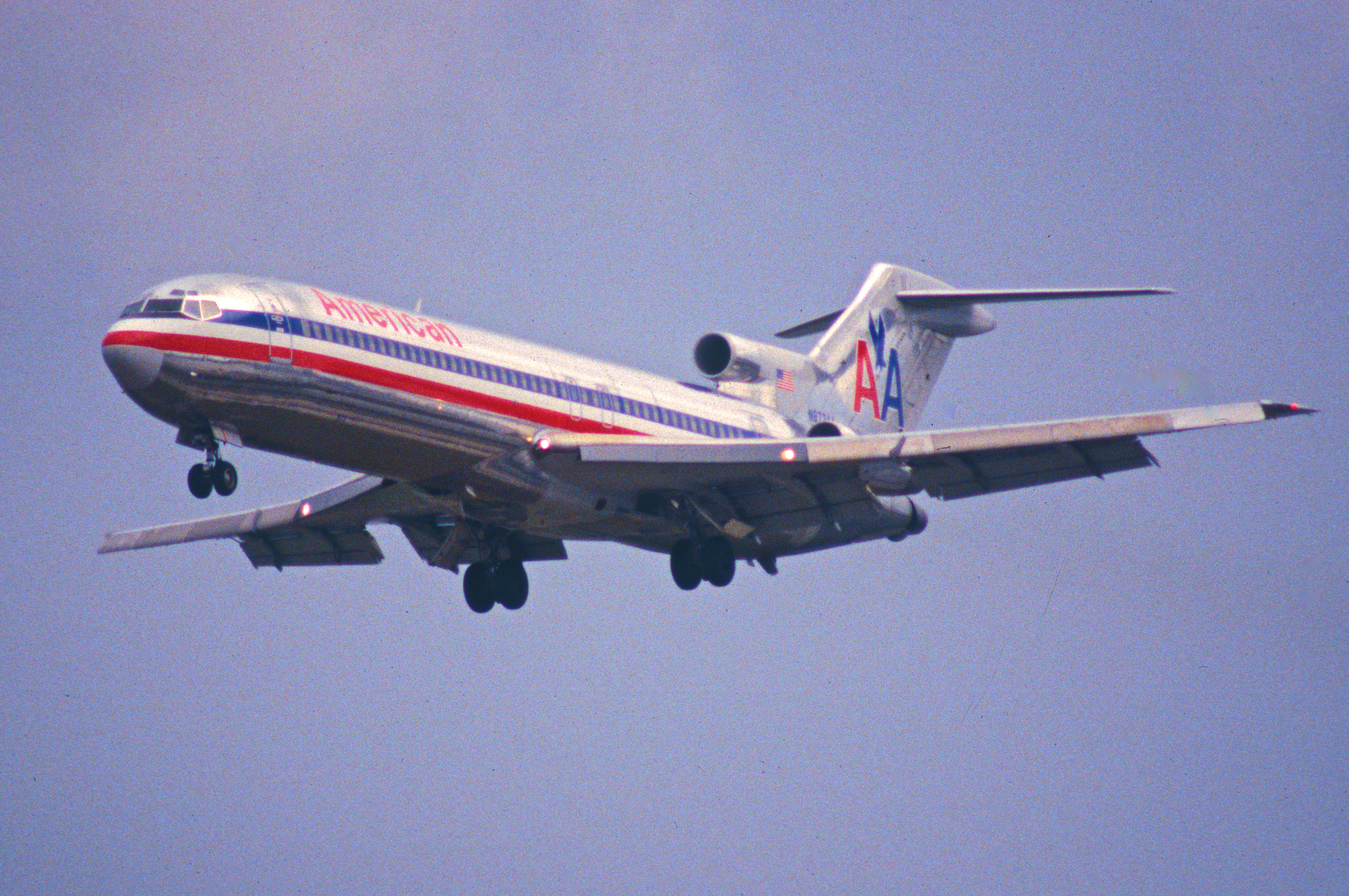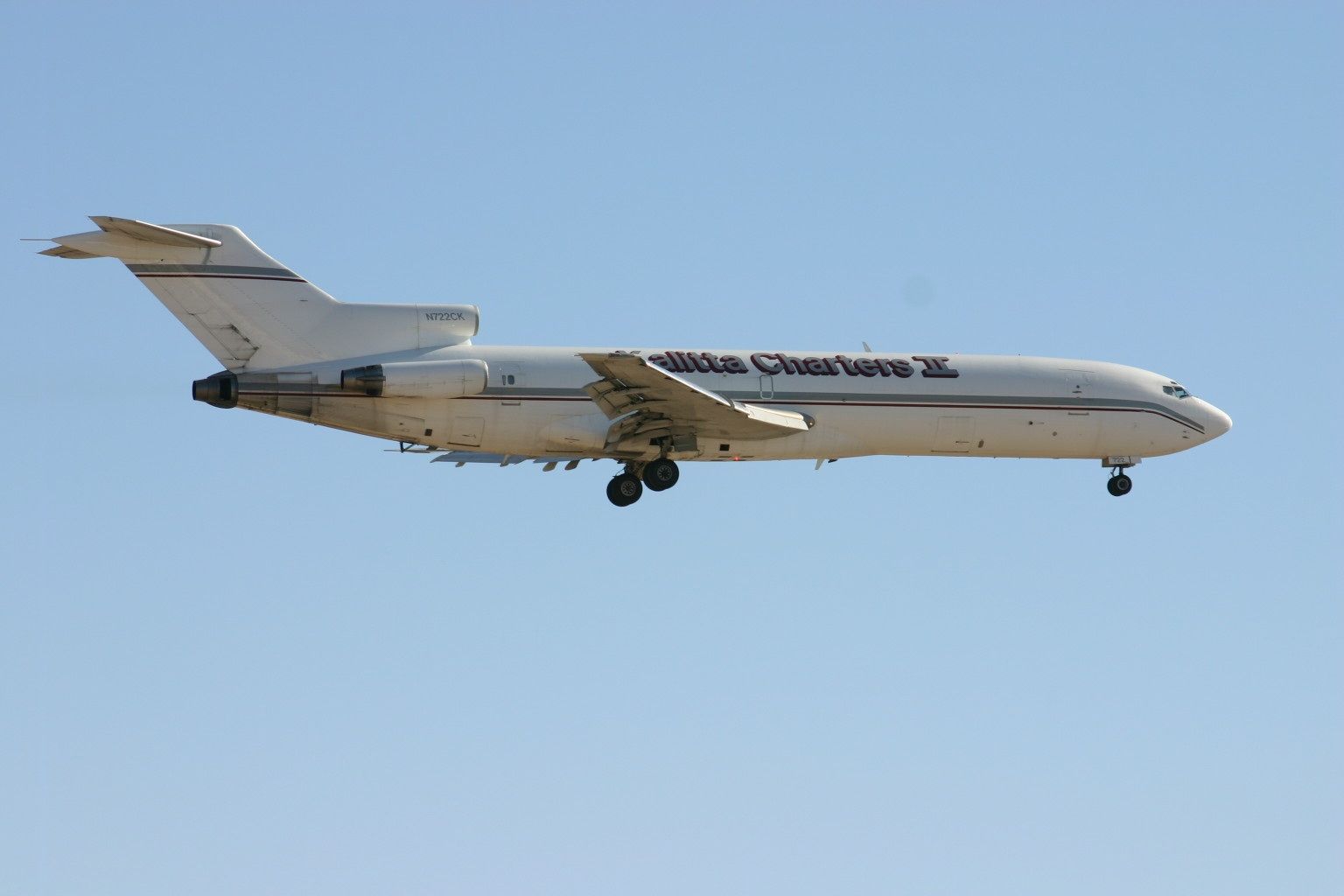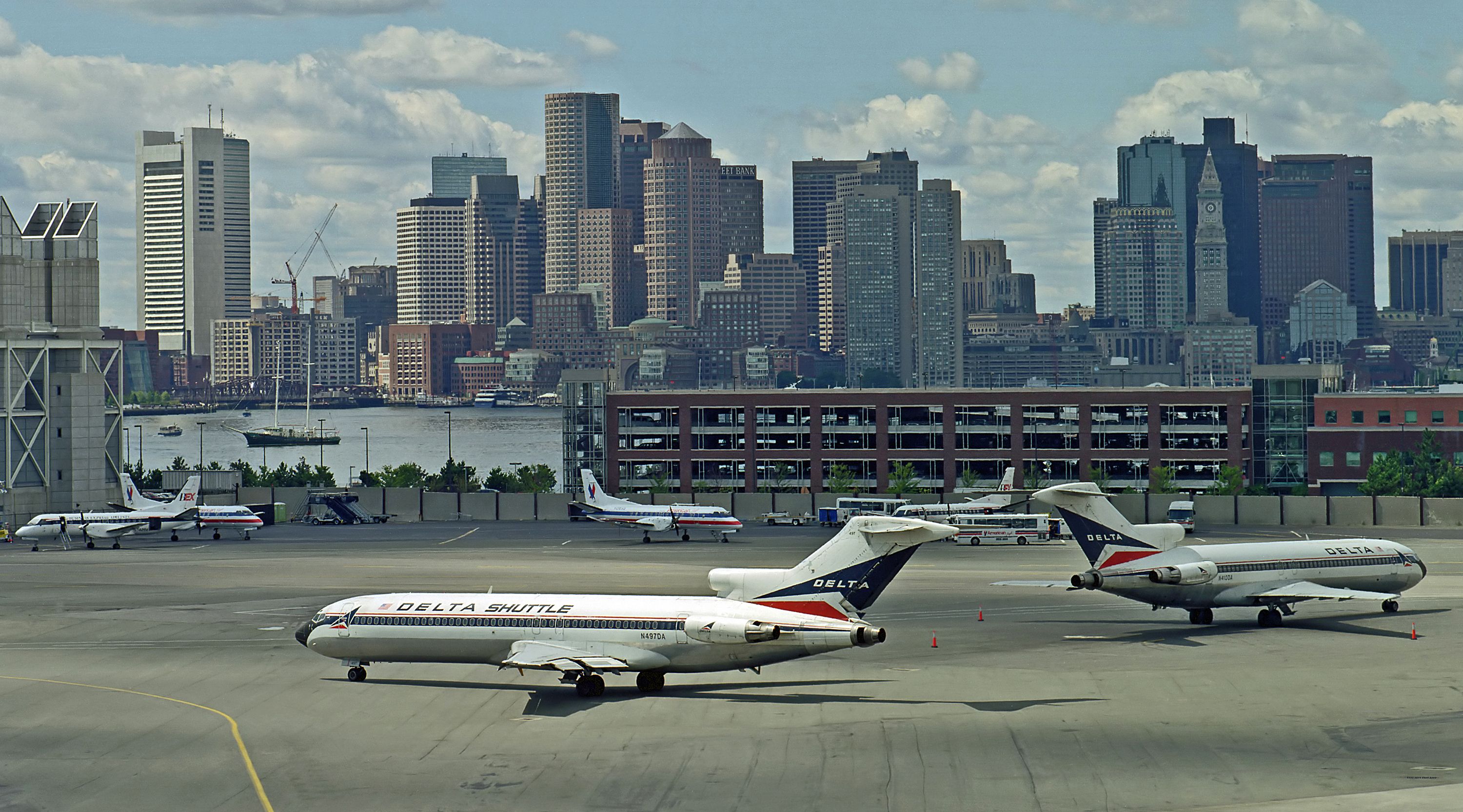Summary
- Boeing developed the 727 as a three-engined aircraft to meet the demands of airlines for shorter flights and smaller airports.
- The aircraft had innovative features like a large flap system and a small gas turbine engine auxiliary power unit.
- Despite a slow start, the 727 went on a successful worldwide sales tour and ended up surpassing Boeing's original production target.
US-based planemaking juggernaut Boeing catalyzed the jet age when it launched the four-engine 707 in the late-1950s. However, going forward, it also had to consider what aircraft it might produce for shorter flights to and from smaller airports. Airlines had different demands, with some wanting proven four-engine jets while others preferred the idea of twin-engine aircraft.
However, Boeing came up with an alternative solution that effectively met both of these demands halfway. The result was the three-engined Boeing 727 design - but how exactly did this popular narrowbody come about?
What inspired Boeing to build the 727?
To meet customer demand, Boeing needed to create an aircraft that could access smaller airports, as short runways were unsuitable for the larger Boeing 707. Major prospective customers included American Airlines, Eastern Air Lines (which would be the launch customer in 1964), and United Airlines. American was looking for a twinjet, but Eastern demanded a plane with at least three engines capable of serving its international network.
Boeing eventually decided to go for a three-engined design, which was satisfactory for the three aforementioned airlines. Notably, the 727 would be the only trijet Boeing ever produced.
This new plane also needed to descend quickly into airports while avoiding obstacles (like buildings) in the runway's vicinity. To achieve this, Boeing developed a large and sophisticated flap system, which provided extra lift at low speeds.
In another first, the 727 also featured a small gas-turbine engine auxiliary power unit (APU). This innovation eliminated the need for a ground power supply to start the engines and became a particular selling point for airlines operating in developing countries.
As Boeing began recognizing the aircraft's potential in the late 1950s, its rival, Douglas, was working on the rear-engined DC-9. Meanwhile, over in Europe, the British Aircraft Corporation was also designing the BAC 1-11 around this time.
Initially lacking orders
Boeing knew it needed to sell at least 200 examples of the aircraft to make the 727 a success. However, by December 1960, it had received orders for just 40 examples from Eastern Air Lines and United Airlines. Even when the aircraft made its first test flight in 1963, orders were still well below the break-even point.
As such, Boeing sent the 727 on a worldwide sales tour in an attempt to drum up business, during which the aircraft visited 26 countries. By the time it returned home, the jet had clocked up an impressive 76,000 miles (122,310 km). Ultimately, the gamble paid off, and, as we shall see, Boeing far surpassed its original target.
1965 - a dark year for the 727
The 727 first flew commercially with Eastern in 1964. However, tragedy plagued the new aircraft the following year, with Boeing witnessing three of its 727-100 aircraft crash within three months. Altogether, these accidents resulted in 131 fatalities.
Investigators looking into the crashes discovered that some pilots did not fully understand the flap system. As such, they reportedly allowed the planes to descend at too great a speed. Some politicians called for the type's grounding.
However, Boeing and safety regulators were adamant that nothing was wrong with the plane. Even so, the authorities did declare that 727 pilots needed more training and that Boeing should modify the flight manual procedures regarding the final approach. Despite reassurances that it was safe to fly in, the aircraft fell out of favor among passengers for around six months.
Discover more aviation news with Simple Flying.
The end of the line in 1984
Boeing's original production run was for 250 aircraft, but the larger 189-seat 727-200 proved vastly more popular than expected. In total, across all 727 varieties, Boeing built and delivered 1,832 of the trijets, far surpassing its original target. After 22 years in production, FedEx received the final Boeing 727, a 727-200F, in 1984.
By 2003, most airlines had retired the loud, thirsty planes in favor of quieter, more fuel-efficient aircraft like the 737 and larger 757, with the 727's last commercial flight taking place in January 2019. Despite its accident-plagued early years, the 727 became one of Boeing's (and, indeed, the world's) best-selling airliner families.
By 2022, there were 38 Boeing 727s still active at 23 operators around the world - according to data from ch-aviation, as of October 2023, this remained almost the same at 39 active 727s. As alluded to, regular passengers can no longer fly on the type, as no commercial versions of the jet are still in operation. Instead, they primarily serve cargo and military duties - one airframe even serves a specialized role as an oil spill response jet.
Check out Simple Flying's guide to the different variants of the Boeing 727!
The overwhelming majority of active 727s today are based in Africa and Latin America - the largest operator of the Boeing 727 today is Congolese cargo airline Serve Air Cargo, which flies four of the type. Other notable operators include Brazilian carrier Total Linhas Aereas, Guardia National (Mexican National Guard), and USA Jet Airways.
How would the Boeing 727 fare today?
The Boeing 727 was undoubtedly a hit in its day but is unlikely to attract much customer interest if it were developed in the modern era. Aside from a small number of Falcon private jets, trijet aircraft have fallen out of fashion and are not produced by any of the major manufacturers.
Instead, two-engine aircraft are the favored design, offering highly efficient operations that are also much safer thanks to modern advancements in engine technology. While the 727 filled a niche in its day and overwhelmingly exceeded Boeing's expectations, a trijet commercial aircraft simply wouldn't work in today's world.
What do you make of the Boeing 727? Did you ever fly on one, and if so, with which airline? Let us know your thoughts and experiences in the comments.
Source: ch-aviation

